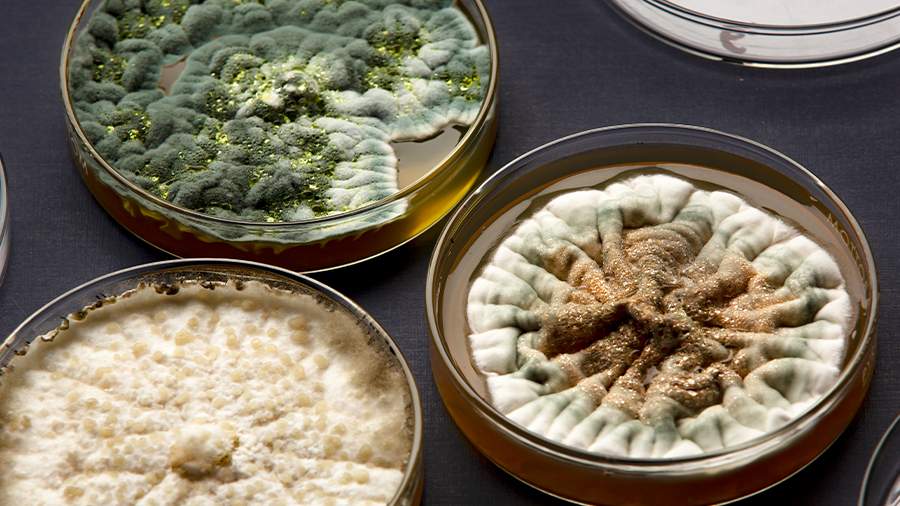Radiation-resistant mushrooms will help grow food in space

Scientists from the Molecular Genetics Cell Sector of the Laboratory of Nuclear Problems of the Joint Institute for Nuclear Research (JINR) have discovered that living organisms, fungi of several species, are present in the center of the IBR-2 research reactor, with a radiation background 16 times higher than the lethal dose for humans per day.
The main problem that scientists are solving is how a living organism adapts to extremely high doses of radiation. To do this, it is necessary to determine which genes are located in the genome and in what way. After they are marked up, scientists will conduct experiments with all the discovered species. Geneticists will then isolate RNA from fungal cells from control and irradiated dishes and analyze which genes are activated in response to radiation.
"Knowing which genes responded, we can tell which adaptation mechanisms the body was able to develop during natural selection and harsh living conditions," Elena Kravchenko, head of the JINR Nuclear Power Plant's Molecular Genetics Sector, explained to Izvestia.
The research will be useful in the future for planning long-range manned space flights, for example, it will be possible to modify agricultural crops in order to grow them on a spacecraft during flight, noted Elena Kravchenko. Radiation-resistant organisms will also be able to help clean up radionuclide-contaminated areas on Earth, and the radioprotection mechanisms they have developed will help protect healthy tissues around a cancerous tumor when it is exposed.
Переведено сервисом «Яндекс Переводчик»

